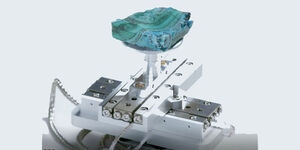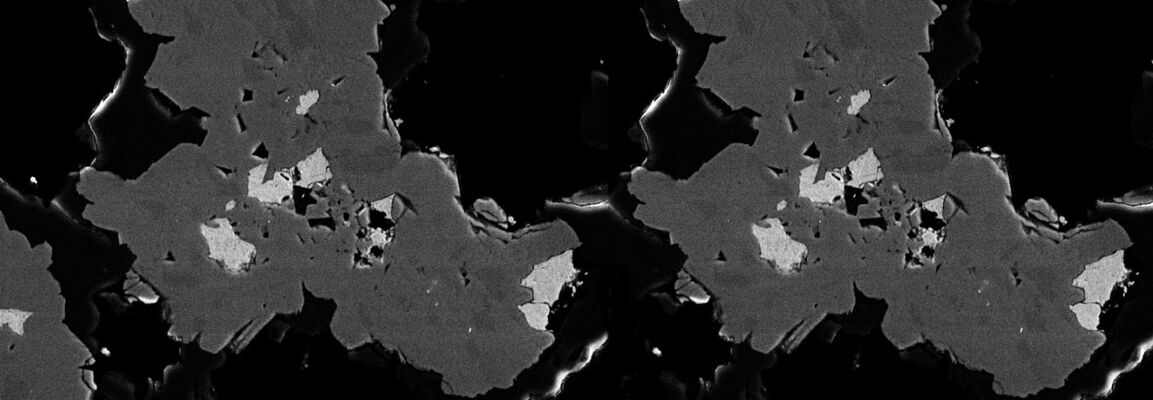Large-Scale Chemical Mapping of Geological Samples
The study and visualization of the distribution of elements between different minerals in a rock, and sometimes within individual minerals (zoning), is of great interest to geoscientists as it can provide information about the mineralogy, paragenesis, origin and evolution of rock samples. Geoscientists often need overview maps of their samples at a relatively large scale of a few millimeters to centimeters.
Here we show two examples for element distribution maps recorded by WDS on SEM combined with the Rapid Stage, which is an additionally mounted Piezo-driven stage that allows fast mapping by continuous movement and seamless data acquisition.
The first example is a sulfide bearing ore from the metamorphic Rajapalot complex in central Finland (Sayab et al. 2024). The sample contains the principal ore phases linnaeite and cobaltite, with other mineralization including pyrrhotite, pyrite and chalcopyrite in a siliceous host rock with quartz, albite, orthoclase, chlorite, tremolite, biotite, titanite and other trace accessories (Fig. 1a, Fig. 1b).
The second example presented is a garnet peridotite from more than 80 km in the earth’s mantle below the African craton, brought up to the surface by the Newlands diamond-bearing kimberlite (South Africa). The thin section contains the minerals garnet, chromite, clinopyroxene and olivine (Fig. 2a, Fig. 2b).
WDS can be used to map the distribution of all elements present in a sample. However, the energy-selective nature of this spectroscopic technique must be considered, which leads to a sequential mapping process. The real advantage of WDS mapping lies in the resolution of peaks that overlap in EDS (e.g. Fe - Co; Fig. 1b), as well as in the improved detection of trace elements and light elements.
At low magnification, scanning the beam over the entire field of view is not suitable for WDS, as the detected X-ray signal would drop sharply with increasing angle. Therefore, the SEM stage is usually moved for mapping larger areas with WDS, but this can be very time-consuming. The most efficient way for large area mapping with WDS is clearly to use the Rapid Stage, which allows fast sample movement and on-the-fly data acquisition.
Further Resources:
Samples & References:
- Samples courtesy of Dr. Andrew Menzies.
- Sayab et al. 2024, Mineralium Deposita, https://doi.org/10.1007/s00126-024-01315-x.


